The World Health Organisation (WHO) estimates that around 47% of the adult population suffers from a headache at least once during the year. Specifically, tension-type headaches are the most common forms of headaches treated by physios, as they are related to a musculoskeletal problem in the neck. These headaches have 70% prevalence within office workers and sedentary related jobs.
People are often surprised when they feel huge relief of headache through physiotherapy. Although there are definitely other causes for headaches, an extremely high percentage are due to poor neck function, this is often due to poor postural habits. As we see so many of these cases, we find ourselves telling everyone the same few tips to help improve their neck pain and headache, however, if everyone started doing these it would help to PREVENT neck pain in the first place. Below are our tips for preventing neck pain and headaches.
- Ergonomic desk environment
Anyone who works in an office will have heard someone in management talking to you about good ergonomic seating and posture, but what does it really mean? It means that for you to be comfortably seated at your desk and to minimise risk of aches and pains, including headaches, then you need to have your desk specifically set up for you. Having your eyes at the center of the computer screen, and the distances of your screen and mouse at specific distances from you will help hugely. You also must ensure that your feet are comfortably on the ground and that your bottom is in the back of the seat. It may seem uncomfortable compared to what you are used to, but once you get the hang of it you will find you get fewer tension-related headaches.
- Lumbar support
Lumbar support can make a world of difference to both headache and neck pain, in addition to ongoing back pain. Many people think that their chair already has lumbar support. However, most chairs, be it office chairs, car seats or chairs around the house, do not provide the amount of support needed to keep your spine in the correct position. Everyone we recommended a lumbar support to always raves about how comfortable they feel, and how easy it becomes to sit up straight at their desk.
- Neck exercises and mini breaks
Mini breaks are great for posture and tension related neck and headache problems. All it involves is ceasing what you are doing every 20-30 minutes and turning your head completely one way and then the other (and possibly standing and sitting back down), and then back to work. This keeps your neck joints moving, stopping them from stiffening and relieves the muscles that hold your head up in that position all day.
- Correct pillows
If you often wake with neck pain and stiffness, then your pillow could be to blame. If you lie on your back, your neck should be cradled and your head should neither be tilted downward or upward. This is the same if you were to lie on your side. You don’t need fancy pillows to achieve this, all you need is someone to check where your head position is, and then to add/remove a thinner or thicker pillow as necessary. Beachside Physio has some excellent pillows available, our patients love them.
- Heat
This tip won’t prevent neck pain, but we find that if you rest with a wheat-bag draped across your shoulders/neck for 20 minutes at a time, there is often relief of pain and also decreased muscle spasm and increased range of movement.
If you suffer from headaches/migraines please give us a call and have your neck thoroughly assessed by one of our physio’s, we would love to help.

